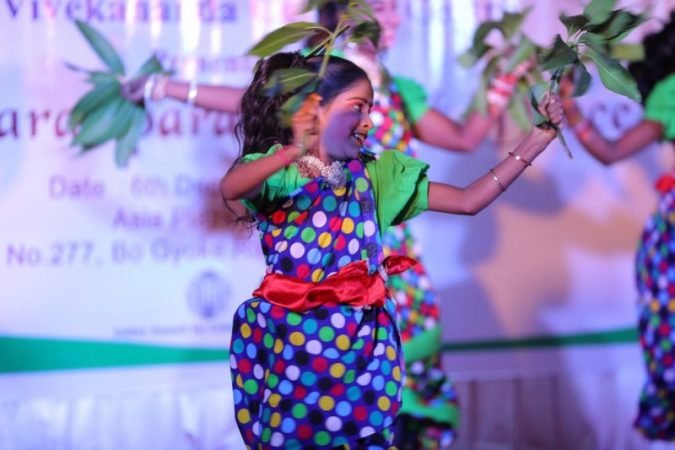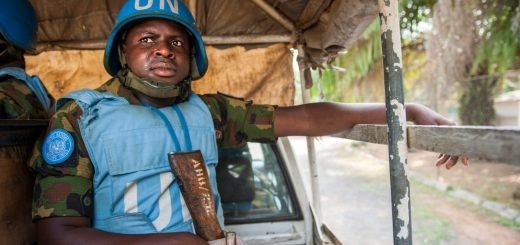Communities of Indians and Indian Origin in Myanmar

One virtue that transcends across most of India’s neighbours is a shared sense of cultural, political, ethnic and religious history with India. And Myanmar is no exception. Also known as Burma, the relationship between the two countries has stood aghast even with various geopolitical changes that took place over the years. And such a possibility has only come about with a strong people to people connection and their shared value systems. While India is a land of holy pilgrimage for the people of Myanmar as the home of Lord Buddha, Myanmar is home to more than 2.5 million Indians who live there peacefully. Even though the geographical proximity with a 1600 km long border has helped as a catalyst in boosting the ties between the two countries, the sustenance of this robust bond traces back to the friendly relations since the colonial rule and the various cultural and political developments that have occurred since then.

Indian Descendants in Myanmar
A large chunk of the population of Myanmar of about 55% consists of people whose roots can be traced back to India. Therefore a lot of cultural and religious exchanges have taken place between the two countries, bringing the people together on various occasions. One can find the evidence of having the palace of the last Burmese King Thibaw Min in Ratnagiri, Maharashtra as well as the tomb of Bahadur Shah Zafar, the last Mughal emperor who was exiled by the British in a forgotten corner of Yangon in Myanmar. The Indian government and Indian citizens have proactively participated in the pro-democracy movement in the South-East Asian country in the uprising of 1998. The Indian community is extremely active in Myanmar and has worked in close proximity with their Myanmar counterparts to establish academic institutions and think tanks with the help of the governments of both neighbours. These forums of discussion have served as a great platform for the exchange of ideas and helped in building a deep understanding among the people on both sides. This has encouraged collaborative effort in solving pressing issues while taking into consideration the mutual benefit of both sides. India and Myanmar have also started a Cultural Exchange Programme (CEP) for the since 2012. It has inadvertently helped in promoting cultural exchanges between the North Eastern States of India and the bordering areas of Myanmar in a new fashion.

Trade and Cultural Ties
Another string of relations between the two countries is active trade and economic activities. 1 billion dollars worth of trade takes place every year with India being the 4th largest trading partner of Myanmar. This level of trade volume comes with a sense of confidence and trust that is present between the countries and their people. The business community on both sides have always shown enthusiasm and excitement for each other’s trade fairs and moreover have also taken efforts in organising workshops and events to disseminate important policy and market information to each other. Banking infrastructure and other trading facilities have been ramped up especially in the border areas to facilitate easy movement of goods and labour between the countries.
Migration and Indian Diaspora
The prominent presence of People of Indian Origin (PIO) in Myanmar dates back to 1886 and shaped the course of the relations between the two inter-linked British colonies since then. This migration across the open borders of the two countries during the British rule was a result of the British policies of promoting co-dependent trade and labour movement throughout various British colonies during the period of colonisation. Migration is definitely one of the major causes of social and demographic change in any society. “It is a two – way process; it is a response to economic and social change and equally it is a catalyst to change in the social construct of the countries involved. And the relations between India-Myanmar have also evolved more because of migration. During India’s freedom struggle, leaders like Subhash Chandra Bose and Rashbehari Bose used these intertwined people-to-people linkages between Indian and Myanmar to mobilise support for their anti-British movements. Today, the visible presence of Indian Diaspora in Myanmar and the amalgamation of perspectives and values of both the countries have helped broaden the horizons of the bilateral relationship between India and Myanmar. They have played an instrumental role in building cultural values and improving bilateral ties at the top-notch level as well.

The Road Forward
Since having signed the “Treaty of Friendship” in 1951 to formally acknowledge the relationship between the two countries, both India and Myanmar have come a long way and stood the test of time on multiple occasions even if there have been policy disagreements. Lately, under the Modi government, the armies of India and Myanmar together have carried out a three-week-long coordinated operation in their respective border areas, targeting several militant groups operating in Manipur, Nagaland and Assam which was quite successful. India has been active in carrying out various socio-economic development projects in Myanmar and business investment has also been steadily increasing over the past few years. In a historic visit of Indian Prime Minister Narendra Modi in 2019, increased connectivity prospects were discussed comprehensively and decided upon improving airway as well as waterway connectivity to ensure that maximum people can travel without any hassle. Many other projects were explored and since then, there has been a positive implementation of all the strategies deliberated upon. Both countries have a long way to go, but the future only looks much more jovial.

 India Myanmar
India Myanmar
 Pictures before & after the restoration work of the famous Ananda Temple carried out by
Pictures before & after the restoration work of the famous Ananda Temple carried out by 
















